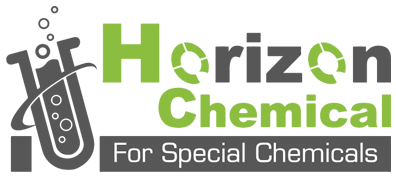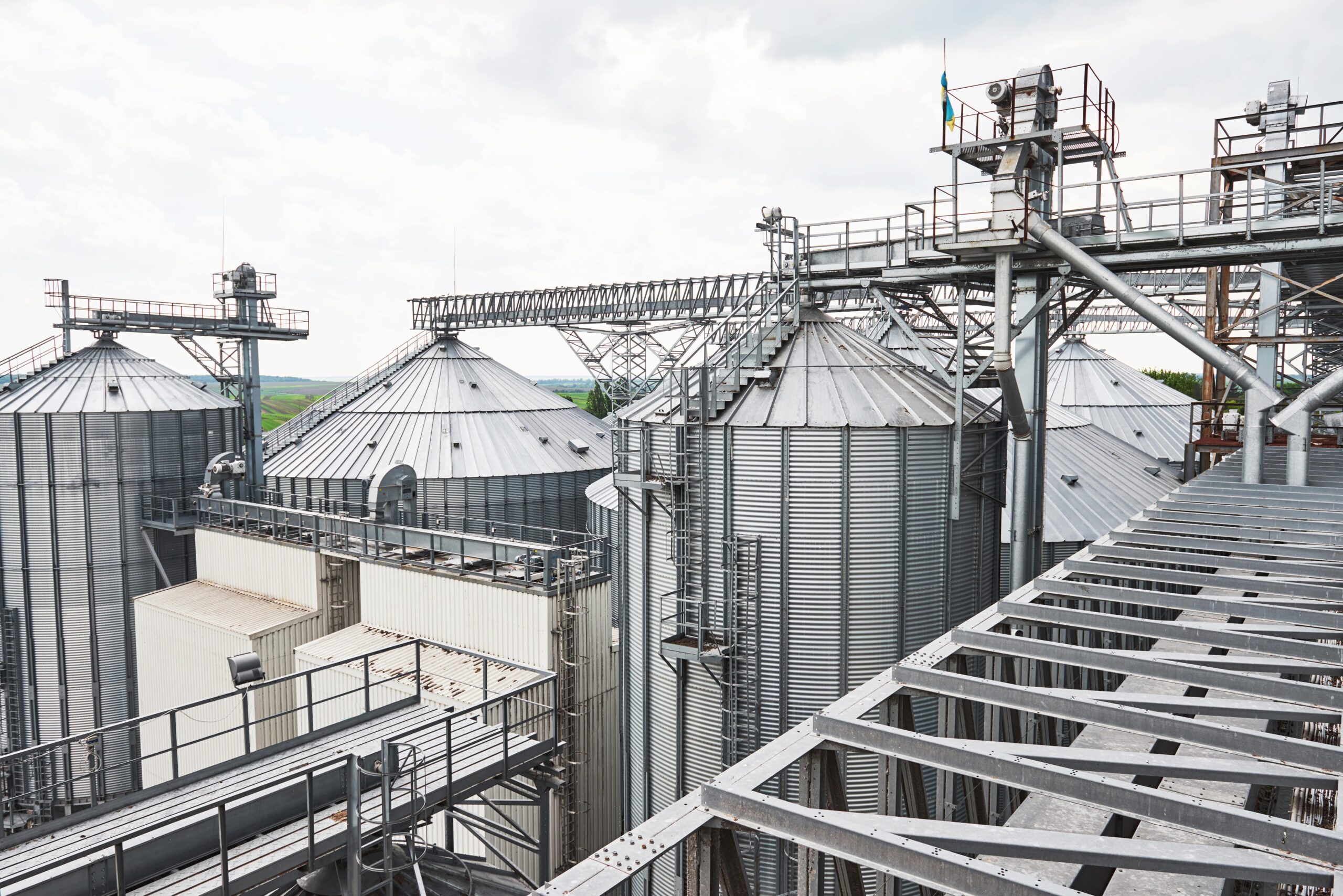Water treatment is a critical process that ensures the safety and purity of our water supply. One of the essential steps in this process is coagulation, where impurities are gathered together for easier removal. In this article, we will delve into the comparison between two commonly used coagulants: Poly Aluminum Chloride (PAC) and Aluminum Sulfate. We will explore their differences, coagulant efficiency, real-world case studies, and how to choose the right coagulant for various water treatment scenarios.
Introduction
In the realm of water treatment, coagulation is an indispensable process that sets the stage for efficient purification. The choice of coagulant can significantly impact the outcome of this process. Two widely used coagulants in the industry are Poly Aluminum Chloride (PAC) and Aluminum Sulfate. Let’s dive into the specifics of these coagulants and understand their effectiveness in water treatment scenarios.
Understanding Coagulants in Water Treatment
What is Coagulation?
Coagulation is the initial step in water treatment where coagulants are added to raw water. These coagulants neutralize charges on suspended particles, causing them to clump together and form larger flocs.
Role of Coagulants
Coagulants facilitate the aggregation of impurities such as suspended solids, organic matter, and microorganisms. The resultant flocs can be easily separated from the water, leading to clearer and safer drinking water.
Poly Aluminum Chloride (PAC)
Characteristics and Composition
Poly Aluminum Chloride is a chemical compound that consists of various aluminum salts. It is known for its high charge density and ability to form robust flocs.
Advantages in Coagulation
PAC ( Poly Aluminum Chloride ) offers several advantages, including a wide pH range for effectiveness, low impact on pH levels, and efficient removal of various impurities.
Limitations and Considerations
Despite its benefits, Poly Aluminum Chloride efficiency can be influenced by water temperature and composition. It may not be the ideal choice in situations with low turbidity or when dealing with certain organic contaminants.
Aluminum Sulfate
Features and Composition
Aluminum Sulfate, commonly referred to as alum, is another prevalent coagulant. It dissolves in water to release positively charged aluminum ions.
Coagulation Effectiveness
Alum is effective in removing turbidity and suspended particles. It is commonly used in wastewater treatment and is cost-effective for large-scale applications.
Drawbacks and Considerations
Alum’s pH sensitivity and potential contribution to residual aluminum in treated water are points of concern. Additionally, it may not be as effective in treating highly turbid water.
Coagulant Efficiency Comparison
Removal of Suspended Particles
PAC’s higher charge density often leads to better particle neutralization compared to alum. This can result in larger and denser flocs that settle more rapidly.
Treatment Time and pH Sensitivity
Alum may require longer treatment times due to slower flocculation kinetics. It is also more sensitive to pH fluctuations compared to PAC.
Case Studies: PAC vs. Aluminum Sulfate ( more number ! )

Municipality A: Poly Aluminum Chloride Implementation
In Municipality A, PAC was chosen due to its adaptability to varying water conditions. The treatment plant observed improved sedimentation and reduced overall treatment time.
Municipality B: Aluminum Sulfate Application
Municipality B opted for aluminum sulfate due to its cost-effectiveness and historical usage. While effective in reducing turbidity, pH adjustments were crucial to maintaining efficiency.
Choosing the Right Coagulant
Water Composition and Characteristics
The choice between PAC and aluminum sulfate depends on water pH, temperature, turbidity, and organic content. A thorough understanding of water composition is vital.
Treatment Goals and Objectives
Clarity on treatment objectives—whether it’s potable water production, wastewater treatment, or industrial applications—guides the selection process.
Factors Beyond Coagulation
Environmental Impact
Both Poly Aluminum Chloride and aluminum sulfate have environmental considerations. Proper disposal methods and potential ecological impacts should be evaluated.
Cost Considerations
Budget constraints may influence the choice between coagulants. While PAC often requires a higher initial investment, long-term benefits might outweigh the costs.
Conclusion
In the realm of water treatment, selecting the appropriate coagulant is pivotal. PAC and aluminum sulfate each have their strengths and weaknesses. By understanding their characteristics, efficiency, and the specific demands of the treatment scenario, professionals can make informed choices that ensure clean and safe water for all.
FAQs
1. **Is PAC suitable for all water treatment scenarios?**
PAC is versatile, but its efficiency depends on water composition. Conduct a thorough analysis before implementation.
2. **Does aluminum sulfate leave a residual taste in water?**
When used correctly, residual taste is minimal. Monitoring dosage is crucial to prevent any undesirable flavors.
3. **Can PAC be used in wastewater treatment?**
Yes, PAC is often effective in wastewater treatment, especially when dealing with complex organic contaminants.
4. **Is alum’s pH sensitivity a significant drawback?**
Alum’s pH sensitivity can be managed with proper monitoring and adjustments during the treatment process.
5. **Which coagulant is more cost-effective?**
The cost-effectiveness depends on factors like water composition, treatment goals, and the scale of application.




